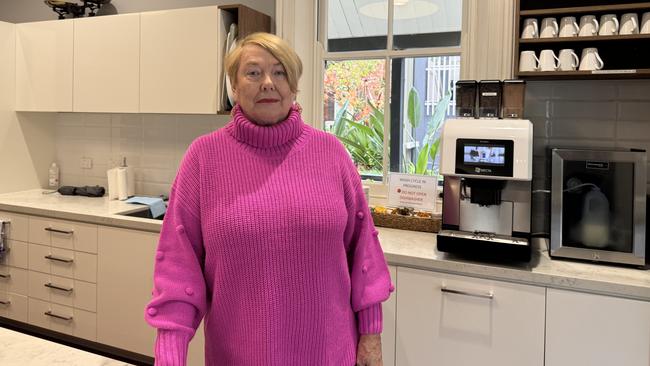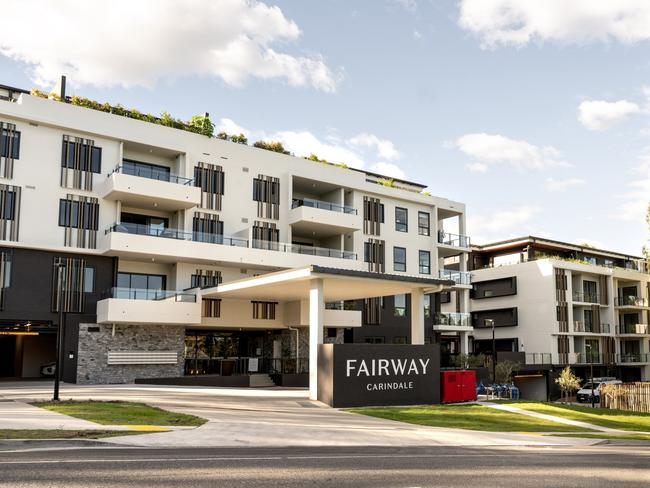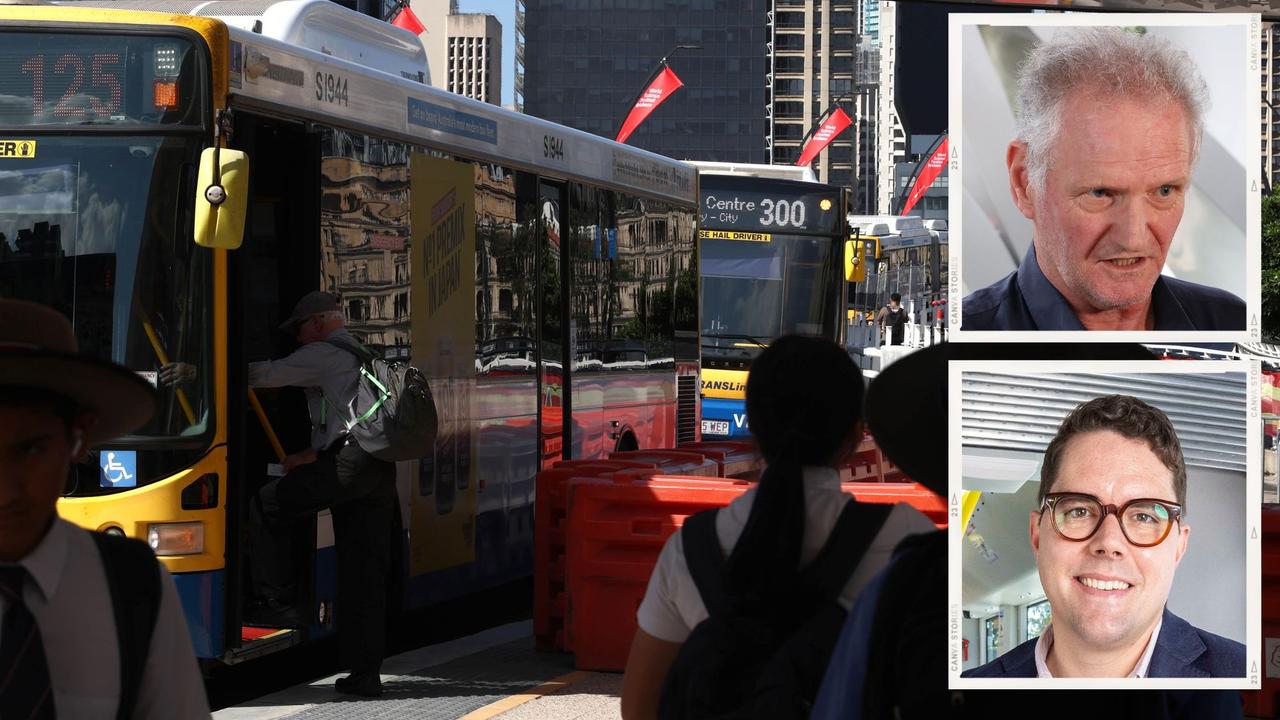Retirement villages offer affordable solution to Queensland housing crisis
New data has revealed Queensland retirement units are significantly cheaper than housing in the same postcode, however older Australians are now at risk of losing this affordability.

QLD News
Don't miss out on the headlines from QLD News. Followed categories will be added to My News.
Retirees across Queensland are paying nearly 50 per cent less for a retirement unit compared to a house in the same postcode, new data has revealed, as the state grapples with a worsening housing crisis.
Data from the PwC-Property Council Retirement Census has revealed the cost of a two-bedroom unit in a retirement village is far cheaper, shining a light on the affordability of these units compared to the state’s otherwise unaffordable housing market.
However, older Australians are in danger of losing this affordability as vacancy rates sit at just five per cent and with the lack of supply entering the market, property experts are calling for the state government to start planning for ageing populations.
Retirement Living Council executive director Daniel Gannon said retirement communities weren’t just helping older Australians with housing options, but they were helping younger homebuyers too.

“When an older person or couple makes the decision to ‘right-size’ into a home that is better suited to their ageing needs, they’re injecting a bigger home back into the market for younger Australians,” Mr Gannon said.
“Given the number of Australians aged over 75 will increase from 2 million to 3.4 million by 2040, a tight vacancy rate is concerning news for consumers and governments alike.”
In Brisbane alone, retirement units are on average 43 per cent more affordable than house prices in the same postcode, with the average cost for a unit being $559,000 compared to the $986,000 median house price.
But with retirement villages effectively operating at full capacity, the market is in danger of becoming stagnant resulting in a domino effect on budding young homeowners who could purchase a retirees home.

Tony Randello, CEO of Australia’s largest retirement village operator Aveo, said planning reforms were essential for operators to provide more contemporary, age-appropriate and affordable housing across the country.
“This Census data offers crucial benchmarking for retirement living operators and it confirms that in the midst of a housing crisis, retirement living communities continue to serve as an affordable housing option where older Australians can thrive,” he said.
Clayfield Retirement Village resident Carol Woodrow said not only was it a relief to not worry about the housing market, but moving into a unit was low maintenance and low cost.
The 78-year-old downsized with her husband four years ago, which allowed a young family to buy their previous home.
“My husband is older than I am and we had a three-level, four-bedroom house so there was a lot of maintenance, and it is easier for us to go out here, and if I do I don’t have to worry about my husband being on his own,” Ms Woodrow said.
“But it’s lovely to be here and to know that we’re not worried about the housing market and everything like that.”
Ms Woodrow said she would encourage older Queenslanders to start thinking early about their retirement and start downsizing.
Mr Gannon added that downsizing served a dual purpose with both the suitability for an older couple moving into a new home, but also injecting more homes back into the middle of the market.
However, he warned that while there was a housing crisis solution in enticing retirees to downsize, without the planning and supply the market would be at further risk.
“The government has got to get serious about these demographic changes. They’ve got to better understand what it means for, not just for older homebuyers, but for young homebuyers too, who right now are being locked out of housing markets because there’s not enough options.
“There’s not enough diversity and there’s not enough supply in the market to cater for this growing cohort.”
Originally published as Retirement villages offer affordable solution to Queensland housing crisis


